The Meaning Behind the Many Colors of India’s Holi Festival
From red to green to indigo, each color provides festival-goers with a sense of beauty, ritual and tradition
If you land in India anytime in late February or March, it’s wise to check the dates of the annual Holi festival, and bring a spare set of clothes. That’s because for a few days in spring, people crowd the streets and splash brilliantly colored dyes on anyone walking by. It’s hard to avoid the fun—and paint—unless you stay inside or look menacing enough to discourage the custom.
“Watch out, madam!” said my taxi driver in Amritsar as we drove through a melee of young people pelting each other with powder.
“The colors never come out of your clothes,” he said. “And you might be having purple hair for many days. It is a complete liability.”
I did a quick check. I was wearing black, a color rarely seen in India. In the caste, or “varna,” system (which in Sanskrit translates as the “color” system), it is usually associated with the lowest categories of social classes, and can be viewed as unlucky. A Forbes study in 2009, which compared corporate logo colors in India with international brands, suggested that black is the one color that companies in India assiduously avoid. I was happy for my clothes to be permanently splattered.
“Can we stop?” I asked. “Or will I make your taxi dirty when I get back in?”
“No, madam, I have a cloth for just this exact purpose,” he said. “And I have some powder I bought for my children. You can have some gladly, to join in our customs.”
Holi represents the arrival of spring and the triumph of good over evil. It is also said to be the enactment of a game the Hindu god Lord Krishna played with his consort Radha and the gopis, or milkmaids. The story represents the fun and flirtatiousness of the gods but also touches on deeper themes: of the passing of the seasons and the illusory nature of the material world.
Traditionally the colors used in Holi came from flowers and herbs—which in the hot climate of India tend to produce bright natural dyes—but today they’re usually synthetic. The tub of crimson powder the driver handed me was almost fluorescent; holding this as my weapon of choice, I walked into the Holi smoke.
It was mostly yellow, a medieval painting of hell with figures vaguely visible through sulfurous fog. But the gloom was lifted by exuberant puffs of pink, blue and green. To be inside the tinted mist was to enter a delightful, unpredictable world, filled with contagious laughter.
At first people politely avoided the foreigner. But then a girl in a blue-splattered sari ran up giggling and smeared paint on my face. I returned the favor with a handful of pink. After that, nothing was off-limits—legs, arms, hair, clothes—everything was a potential canvas.
With its gorgeous textiles, exotic flowers, exuberant advertising billboards, hand-painted rickshaws and trucks covered with lights, patterns and brightly painted pictures of gods, India is one of the most colorful places on the planet.
But there’s something else to know about colors here. They are not just pretty: In India they have meaning.
“Your face is blue, madam. Like that of Krishna,” the taxi driver said affably, as he took me back to my hotel.
In Hinduism there are three main deities: Brahma the creator, Shiva the destroyer and Vishnu the preserver. Vishnu spends eternity sleeping, until when called upon in a crisis, he wakes and like the most powerful of superheroes saves the world.
One name for him is Nilakantha, the blue-necked one, because of a story that he drank a pot of poison to save creation. So blue is a reminder that evil exists but can be contained, through courage and right actions.
Krishna is a manifestation of Vishnu. His name means “dark,” and like Vishnu he is portrayed with blue skin.
In addition to being associated with the gods, blue—through the indigo dye—is also historically linked with India. In the first century a. d. the Roman historian Pliny the Elder wrote about “indicum, a production of India,” which “yields a marvelous combination of purple and cerulean [sky blue].”
He suggested that the dye was a kind of slime sticking to the scum on river reeds. It actually comes from a bush with small green leaves that when dried and fermented in a dye vat look pretty scummy, which explains the misunderstanding.
In Pliny’s time, indigo would probably be shipped to the Roman port of Ostia in the form of hard cakes. It was valuable enough to fake: Pliny reports people selling “indigo cakes” made from dried pigeon dung, stained with just enough genuine dye to pass as real.
Indigo is intensive to process, and has historically been cultivated where labor is cheap. It had a brief heyday on slave plantations in the Caribbean and South Carolina in the 18th century, pricing the Indian plantations out of the market. But when slavery was abolished, the British planted indigo again in Bengal, where weather conditions are ideal.
Because laborers were subject to abuse, there were two “blue mutinies”—one in 1860 and another in 1917. The second was initiated by the 47-year-old Hindu lawyer Mohandas (later known as Mahatma) Gandhi, as one of his first acts of peaceful civil disobedience against British rule, which finally led to Indian independence in 1947.
If blue is the spiritually complex color of the gods, green is the color of nature and happiness. It’s the color of another manifestation of Vishnu, Prince Rama, who spent most of his life in exile in the forest. In Maharashtra and Andhra Pradesh in central India, married women often wear green bangles and a green sari in Rama’s honor; a widow, however, never wears green.
There is no naturally green dye in India, so dyers would often double dip their cottons and silks in indigo and in turmeric or pomegranate peel, which made vivid yellow dyes.
Yellow is also associated with the third caste, of Vaisyas, or merchants. The 3,500-year-old Rig Veda book of sacred hymns refers to Lord Vishnu as tantuvardhan, or weaver, because he is said to have woven the rays of the sun into a garment for himself. He and Krishna are almost always shown dressed in yellow. In paintings of these deities, artists in India sometimes used one of the stranger pigments in history: Indian yellow.
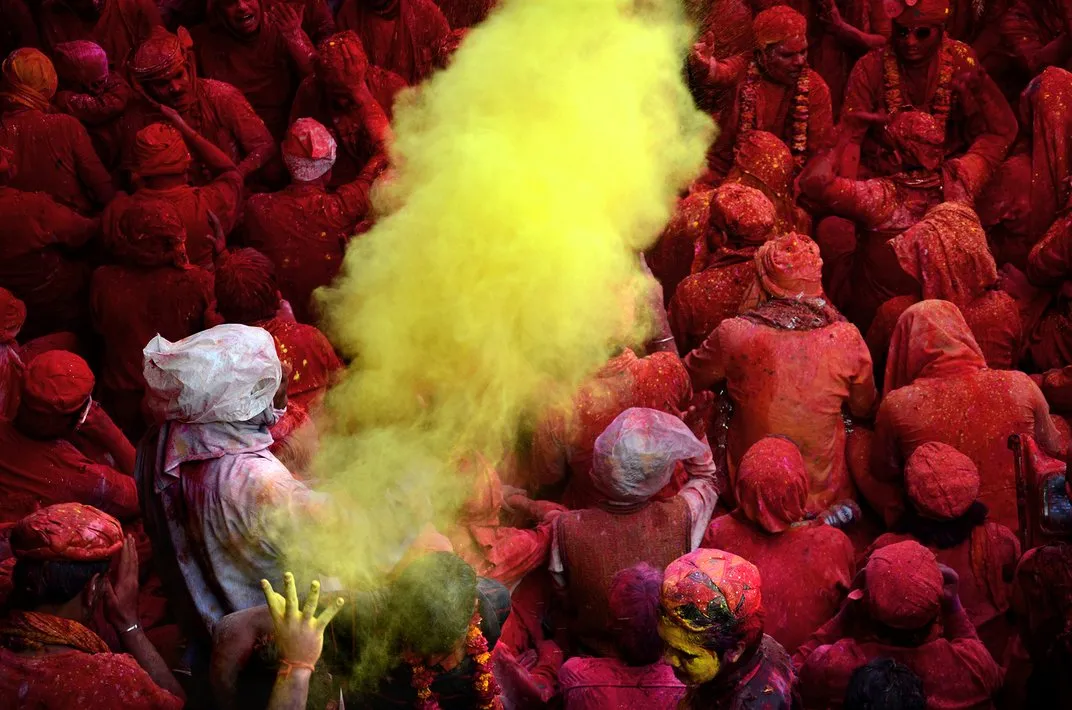
Through the 18th and 19th centuries, wooden boxes of this strange-scented pigment would arrive at the London docks. When the colormen, whose job was to process and sell paint to artists, picked up the deliveries, they had little idea of how it was made or what it was. Just that it made a fairly good watercolor, even though it was rubbish in oil.
Perhaps it was urine mixed with turmeric, speculated amateur artist Roger Dewhurst in 1786, writing anxiously to friends, wondering how to make these strange cakes into paint. Or perhaps it was “the urine of camels,” suggested leading colorman George Field. Others thought it might come from snakes, or buffalo.
Then in 1883 a communication was delivered to the Royal Society of Arts written by a Mr. Mukharji of Calcutta (present day Kolkata). He had visited the only place where Indian yellow was sourced—a suburb of Monghyr (now Munger) in Bihar, about 300 miles north of Kolkata, where he watched cows eating mango leaves, and then being encouraged to urinate into a bucket (the process is not unlike milking). But the practice was cruel; the restricted diet left the cows thin and malnourished. Within 30 years or so of that letter, the trade in Indian yellow stopped completely, partly because of tougher rules about animal cruelty and partly because new, more stable paints were available, and there just wasn’t the demand.
I visited Munger in 2001 while researching a book about the stories of colors around the world. My translator had not turned up, and unable to speak more than a few words of Hindi, I acted out a ridiculous charade of cows, urine, mango leaves and paint to a gathering crowd of amused locals.
It felt insane to think that any trace of this obscure paint might be found. But when the good-natured laughter died down, a young man at the back suddenly said in English: “We do not have this paint. But we do have a mango garden.”
A crowd of excited, singing children led me to the walled mango orchard. And like an explorer come finally to the source of a river, I knew I was at the place that for years had provided a mysterious yellow to soldier artists of the British Empire and Hindu artists wanting to paint the garments of Krishna and Vishnu the elusive color of sunshine.
I remember wishing I knew what this oddest of paints had smelled like and thinking I would probably never know. But several years later, in the wonderful, old-fashioned L. Cornelissen & Son art supplies shop near the British Museum in London, I learned that the store still had a few balls of Indian yellow reserved in small batches for conservators who really needed it.
“Could I sniff?” I asked. The director, Nicholas Walt, opened a jar. It smelled of spices and sunshine and heat and flowers and dust. In a funny way that jar of Indian yellow smelled absolutely of India.
And then there is red.
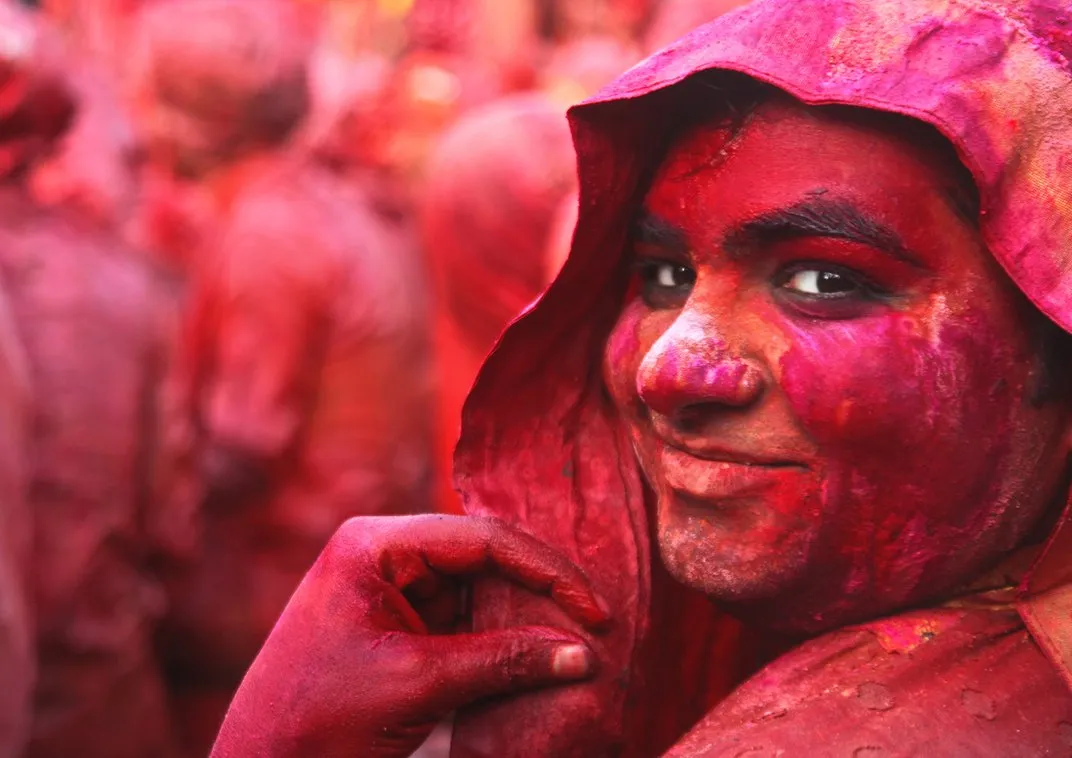
In 1829, a deserter from the Army of the British East India Company traveling in disguise as an American from Kentucky became the first foreigner to record what he saw in the ruins of Mohenjo Daro, in what was then northern India.
The deserter, James Lewis (traveling under the alias Charles Masson), was later to become one of Britain’s most dedicated archaeologists. But he didn’t spot this site in the Indus Valley for what it was—the world’s largest Bronze Age urban settlement—and instead thought it was some kind of castle.
It wasn’t until 1921 that a team of archaeologists did a thorough excavation and, among the artifacts, discovered a fragment of cotton fiber stuck to an ancient silver vase. The fiber most likely had been bright red—or perhaps bright orange or deep purple—and had been dyed from the root of the madder plant.
Woven 4,300 years ago, it is the oldest piece of decorated cotton cloth ever found. Its presence, together with dye vats from a similar period found nearby, joyfully suggests that ancient India must have been as full of brilliant color as modern India is.
Today brides and married women wear red. It’s the color of weddings and life and festivals and all-around auspiciousness, not just for Hindus but also for Muslims, Buddhists and Jains.
When a married woman dies, her body is covered with a red cloth, perhaps rather like the one found in Mohenjo Daro, symbolizing her wedding sari. But a woman who becomes a widow never wears red again and at her death is covered in white, the color of purity and renunciation.
Many people in India mark a red dot, or tilak, on their forehead. The red color is called kumkum and is made from turmeric powder, which is yellow except when mixed with lime, which miraculously turns it to scarlet. It is always put on deities, and is a sacred mark of protection.
“Color is a physical thing: It’s not just a surface,” said the British artist Anish Kapoor in a BBC interview, in explaining his bold use of primary colors. “… It’s that sort of interplay between the ‘stuffness’ of color and its illusory, somewhat evasive, ‘other’ qualities that much of the work is about.”
You might say something similar about how colors work in India. On the surface, they provide pleasure as well as useful signals of tradition and ritual. But if we’re attentive, colors in India also remind us of that which is easy to forget: the evasive nature of matter, and of our own special relationship with light, whatever that light may be.
Holi Photos Submitted by Our Readers to Our Annual Photo Contest:
Planning Your Next Trip?
Explore great travel deals
Smithsonian magazine participates in affiliate link advertising programs. If you purchase an item through these links, we receive a commission.
/https://tf-cmsv2-smithsonianmag-media.s3.amazonaws.com/accounts/headshot/SQJ_1601_India_Contrib_03.jpg)
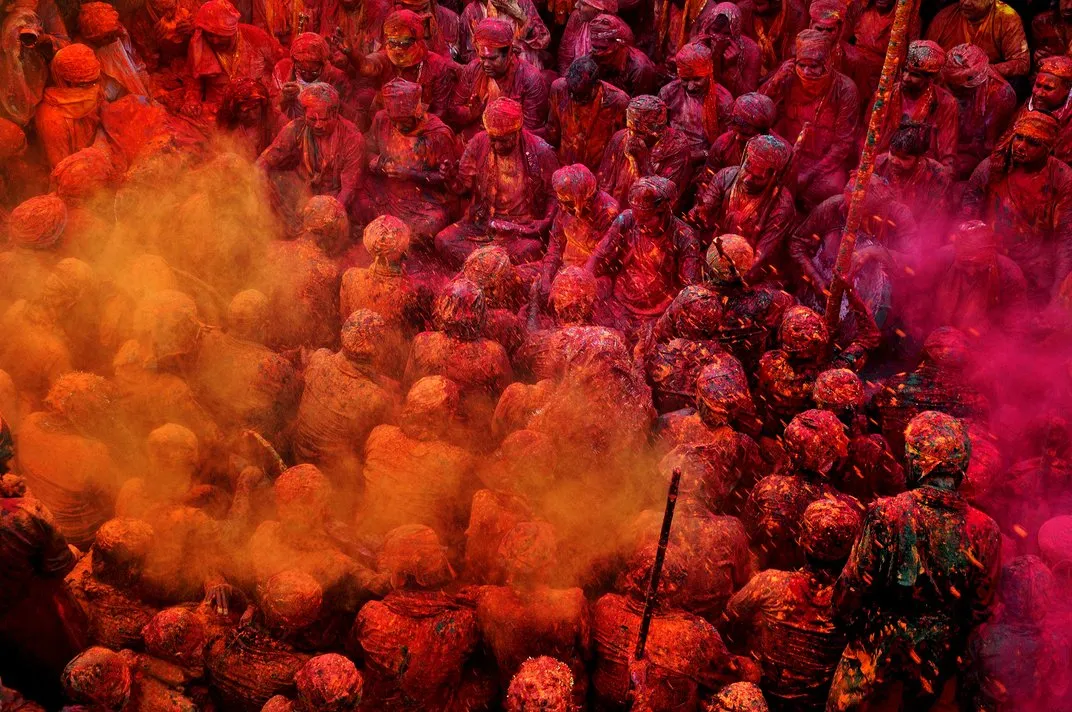
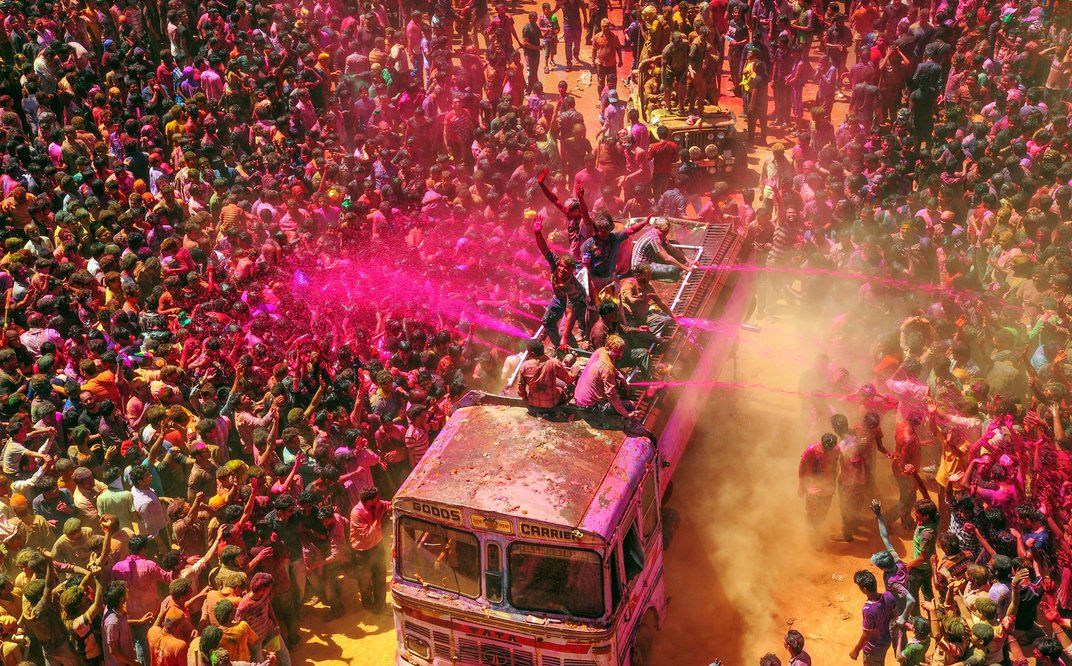
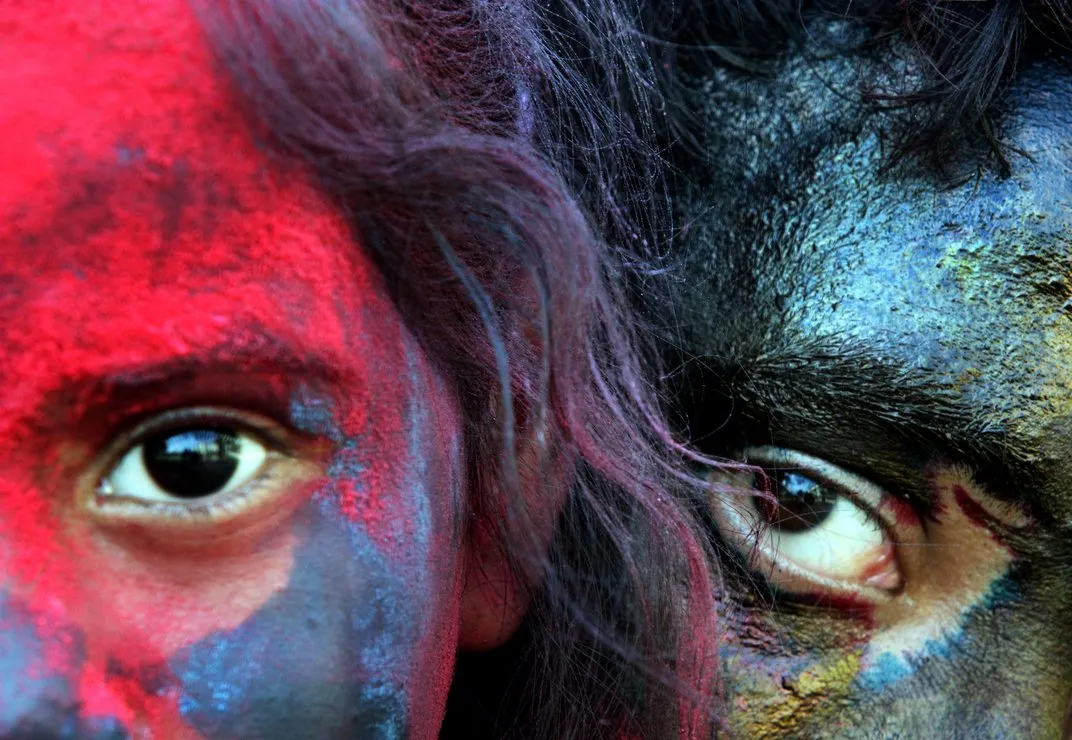
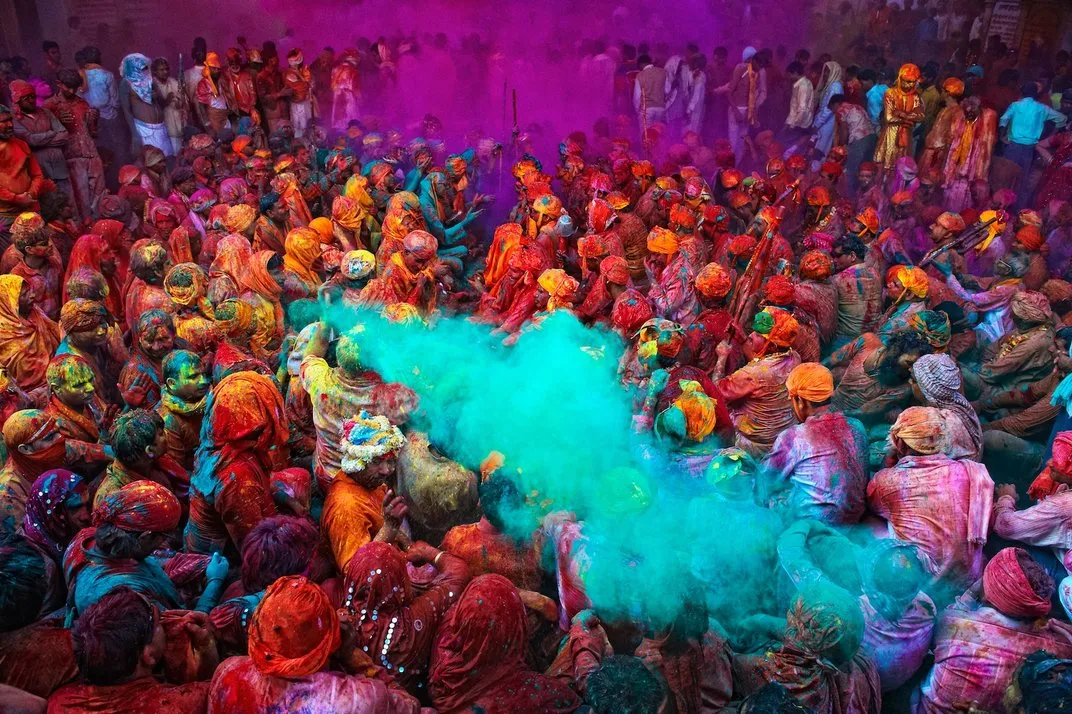
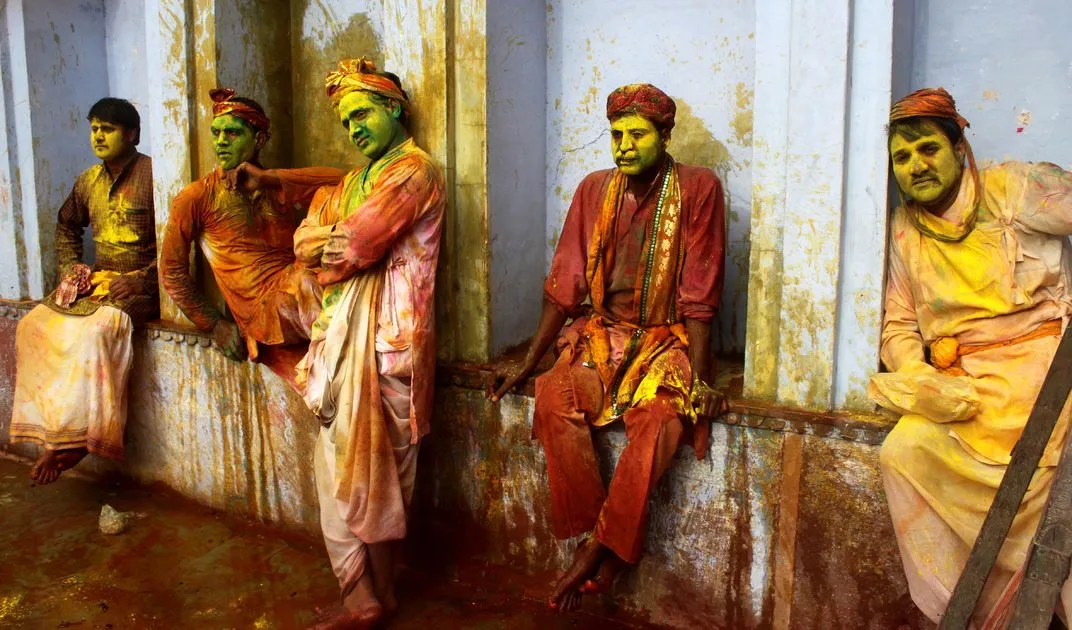
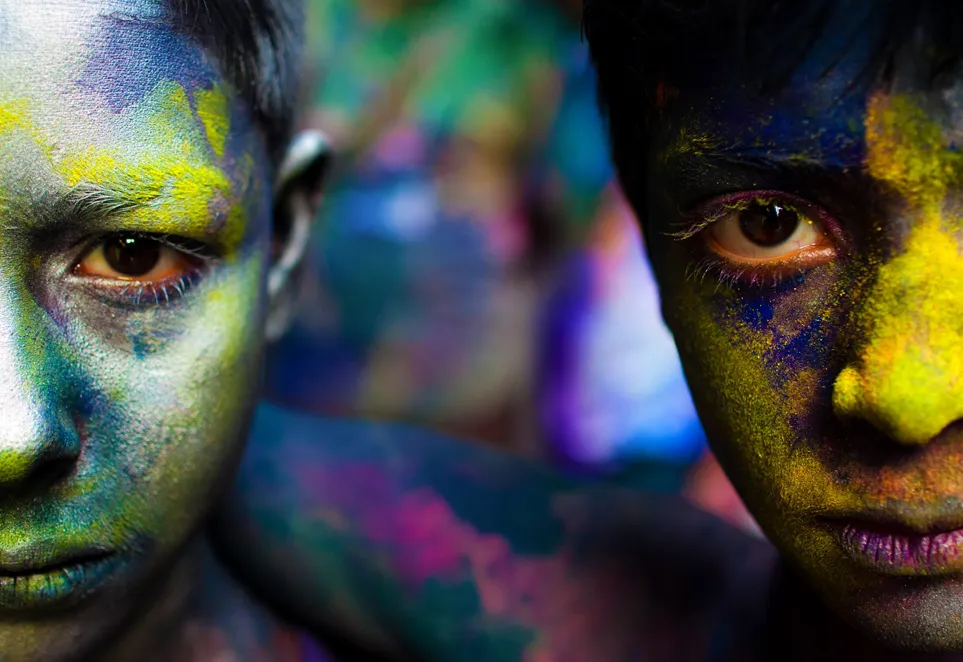
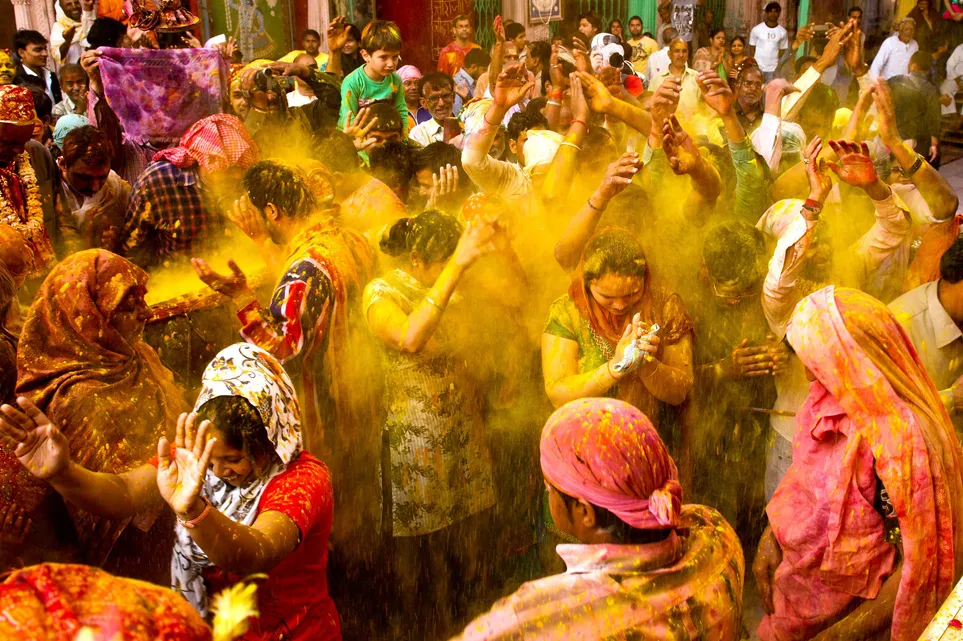
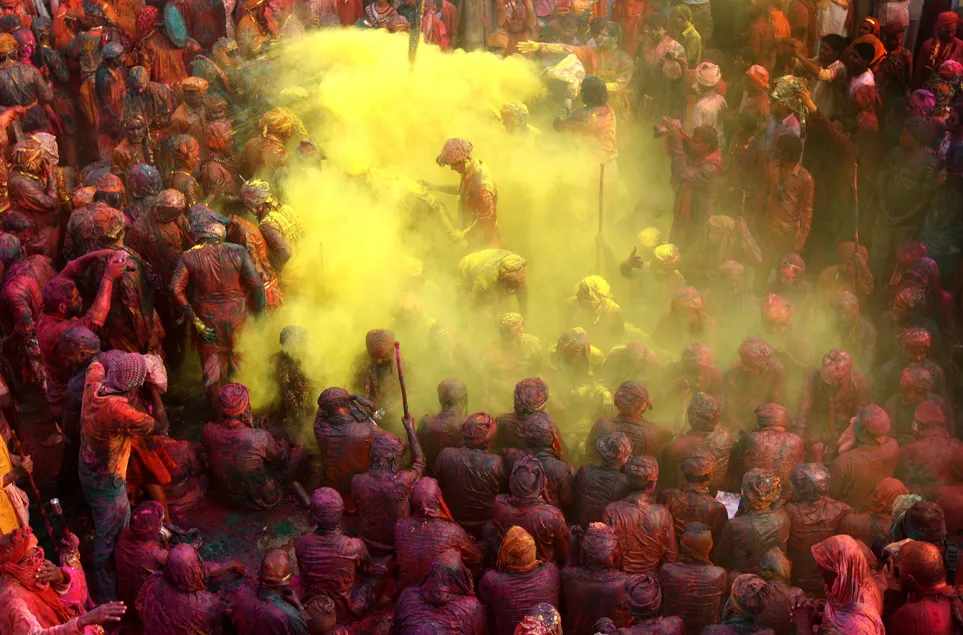
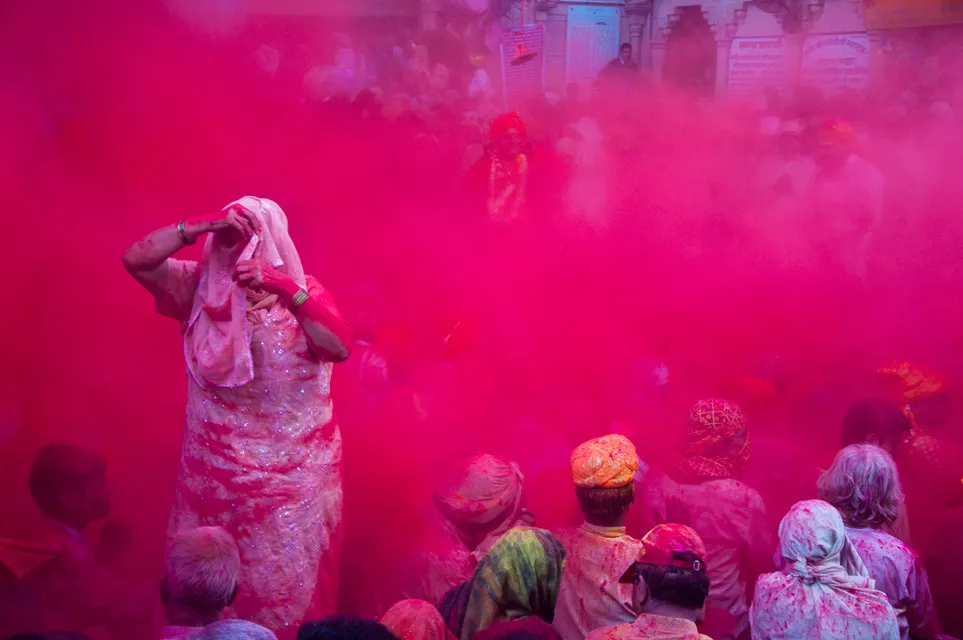
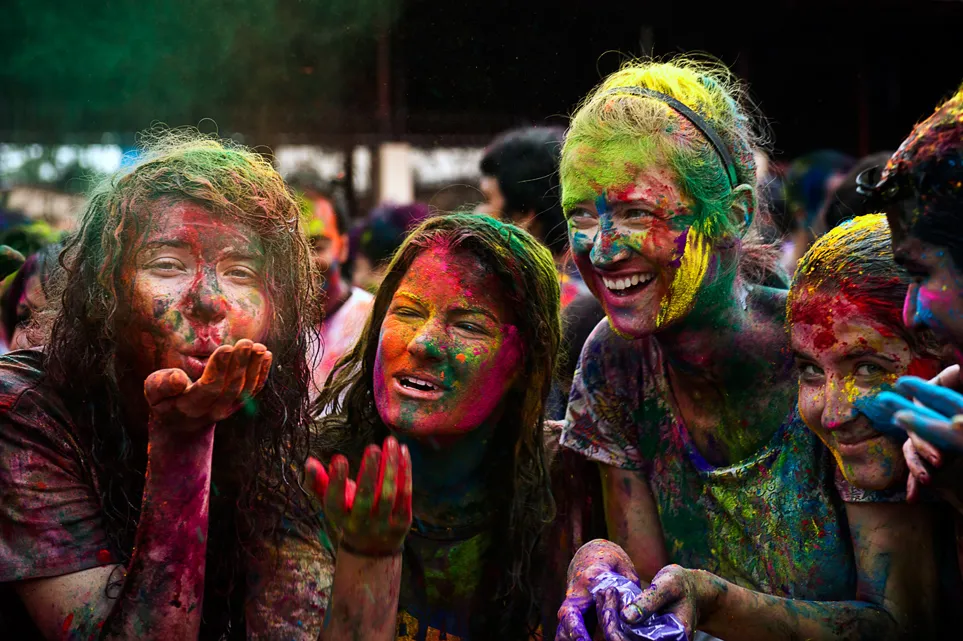
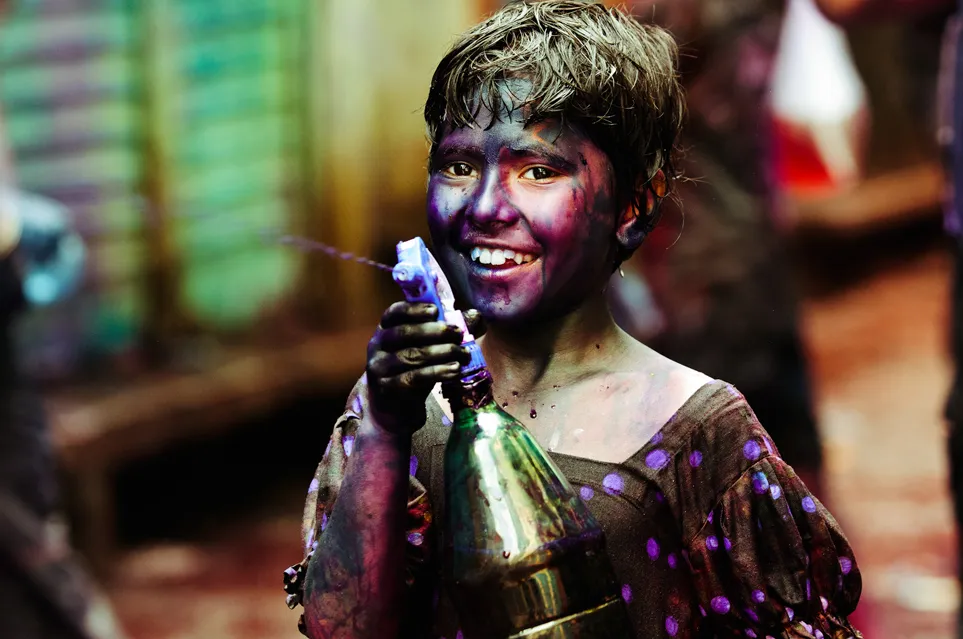
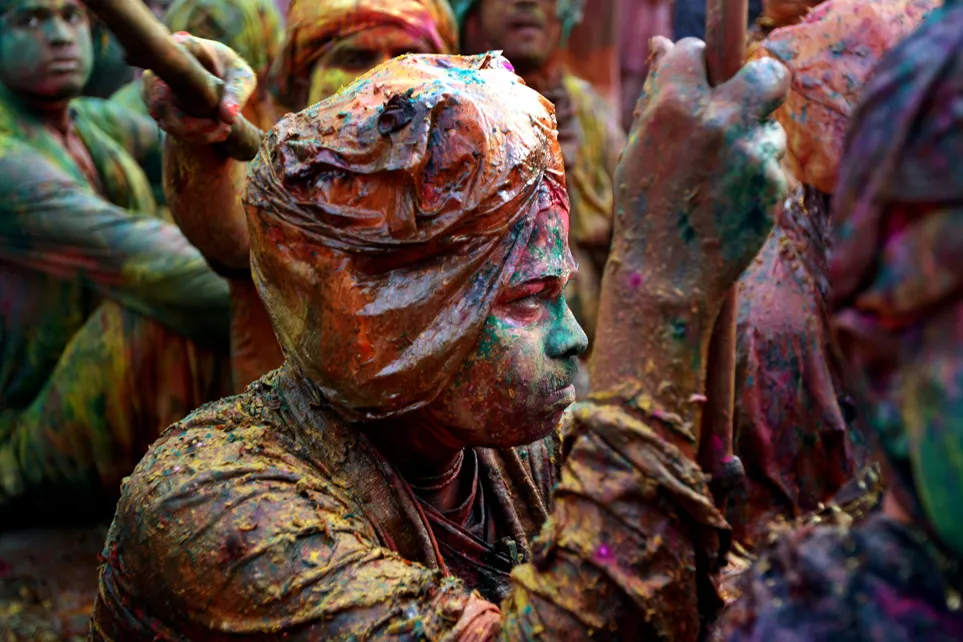
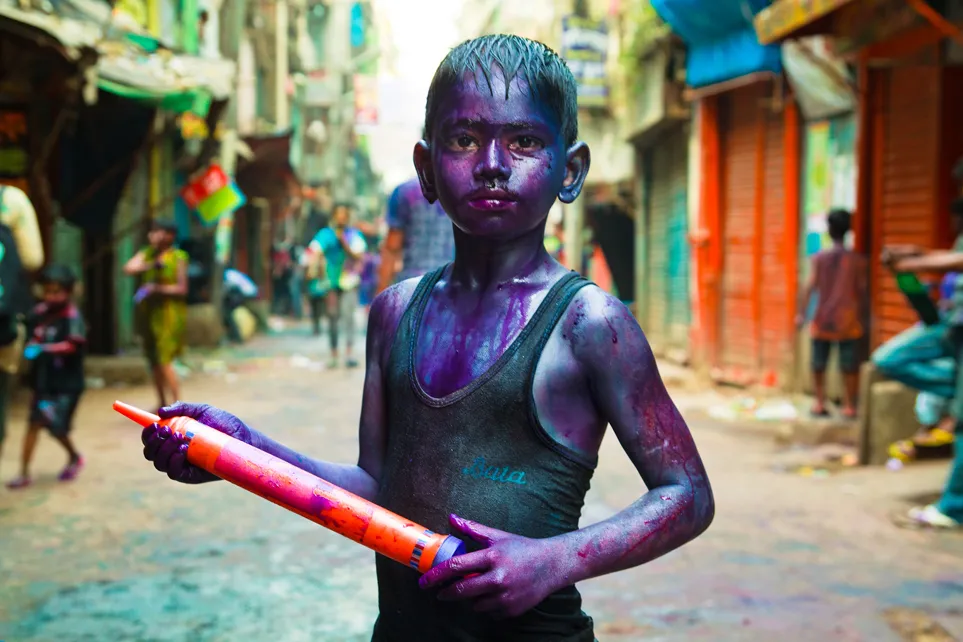

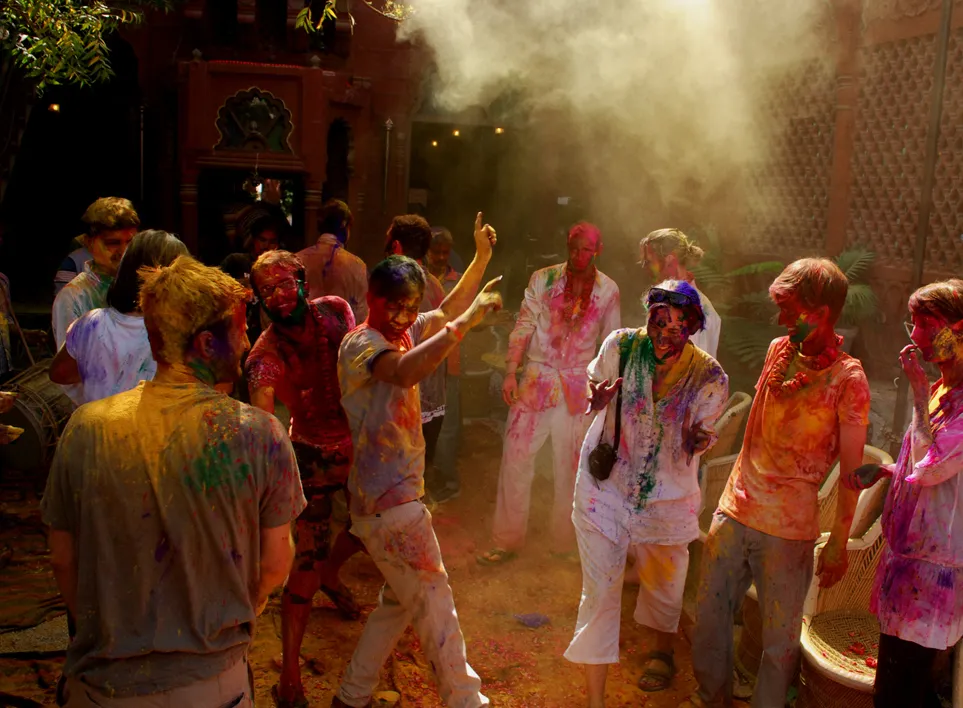
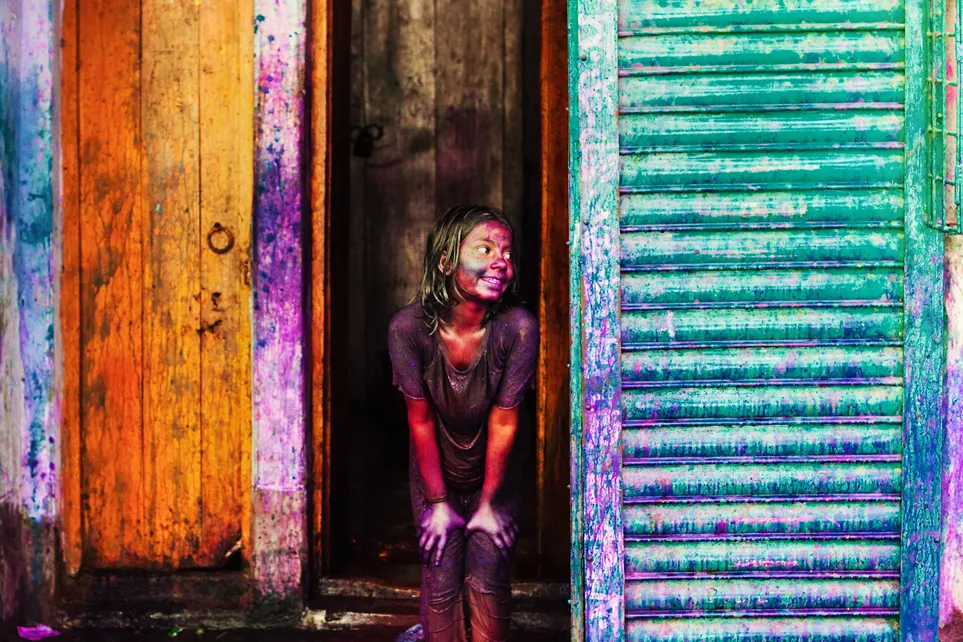
/https://tf-cmsv2-smithsonianmag-media.s3.amazonaws.com/accounts/headshot/SQJ_1601_India_Contrib_03.jpg)